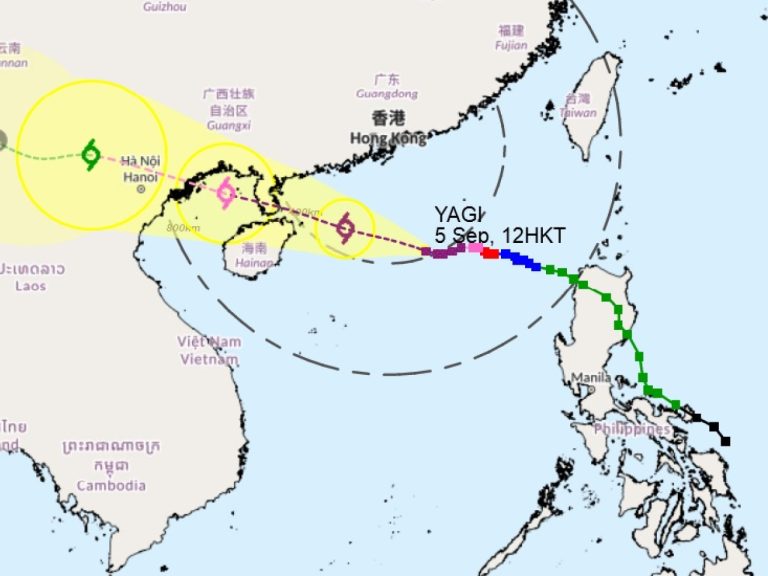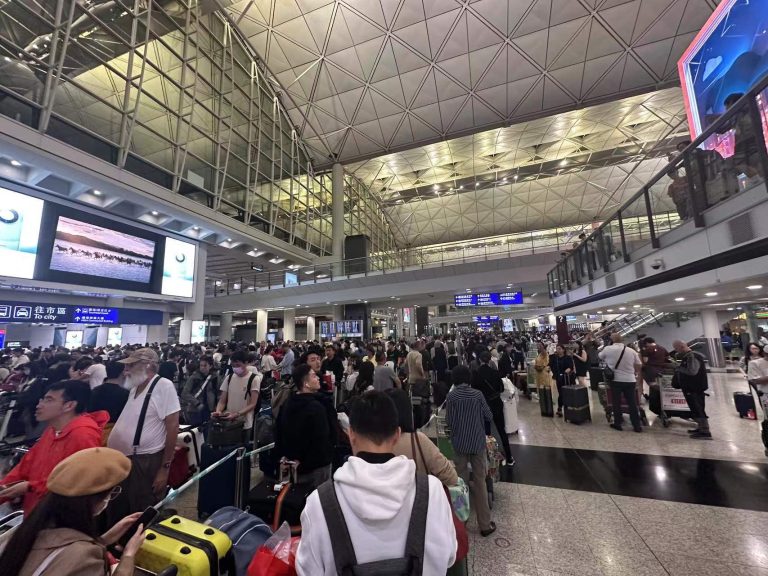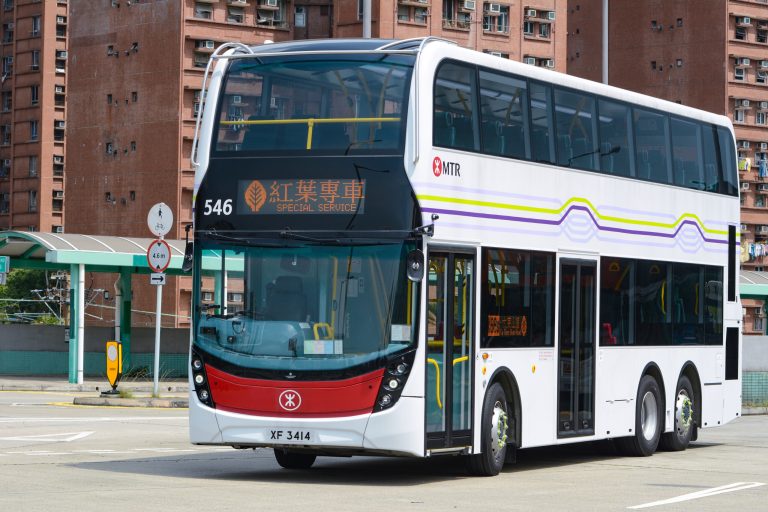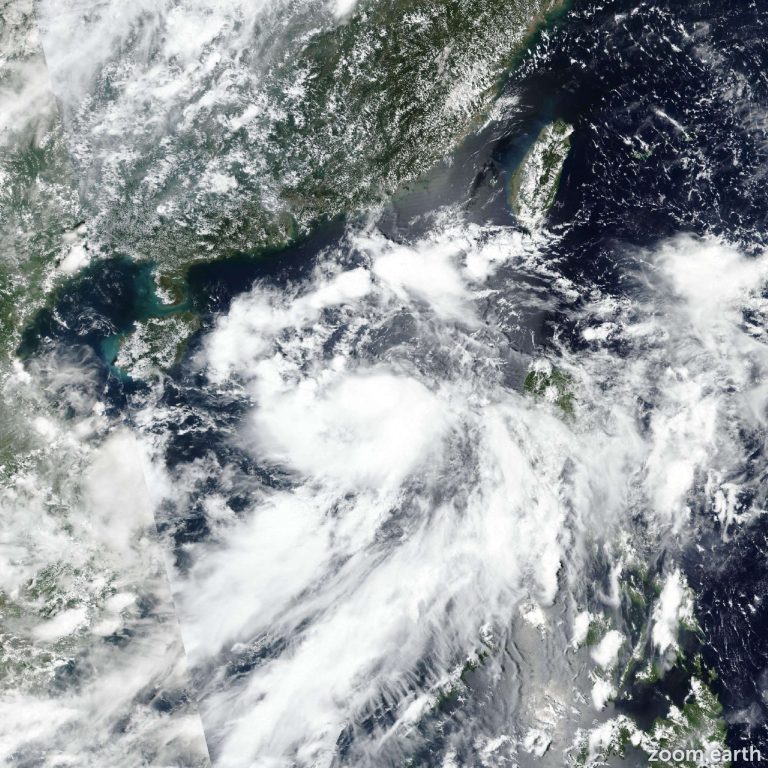Typhoon Tapah Disrupts Hong Kong’s Public Transportation: What Commuters Need to Know
As Typhoon Tapah bears down on Hong Kong, residents and commuters are experiencing significant disruptions to their daily transportation routines. The city’s transportation authorities have implemented extensive service reductions to ensure public safety during the severe weather conditions.
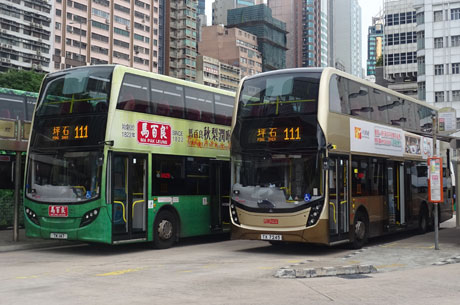
The MTR Corporation has taken comprehensive measures to adapt to the challenging environment. Most MTR lines are now operating at significantly reduced frequencies, with train intervals ranging from 10 to 20 minutes across various routes. Commuters can expect modified services on key lines, including the Tsuen Wan, Kwun Tong, Island, South Island, Tuen Ma, Tung Chung, and Airport Express Lines, which are running every 10 minutes.
Some lines have even more nuanced schedules. The Tseung Kwan O Line, for instance, operates every 10 minutes between North Point and Po Lam, and every 15 minutes from Tiu Keng Leng to LOHAS Park. The East Rail Line presents another variation, with 20-minute frequencies between Admiralty and Lok Ma Chau.
Light Rail services are not exempt from these adjustments, with frequencies reduced to 15-20 minutes. Routes 614 and 615 have been completely suspended, further highlighting the storm’s impact on transportation infrastructure. MTR bus services have been entirely halted, though the High Speed Rail (Hong Kong Section) continues to operate normally.
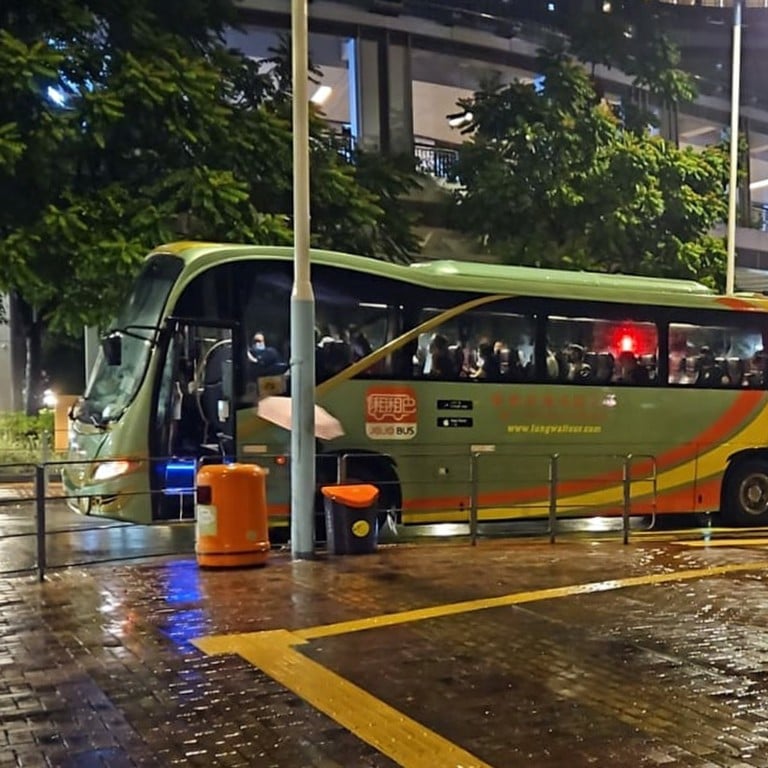
The MTR has issued a critical warning that services on outdoor sections and Light Rail may be stopped without prior notice if weather conditions deteriorate, emphasizing the unpredictability of the situation.

Complementing the MTR’s response, bus operators like KMB and Long Win Bus have also dramatically scaled back their daytime services. Only a handful of routes remain operational, including KMB’s B1 and B9, and Long Win’s S1, S64, S64C, S64P, and S64X. These limited routes will continue to run, subject to road conditions, while all other bus routes remain suspended.
The No. 8 Southeast Gale or Storm Signal remains in effect, driving these extensive service modifications. Transportation authorities are prioritizing passenger safety above all else, recognizing the potential risks posed by Typhoon Tapah’s approach.
For commuters, these developments mean careful planning is essential. Travelers should stay informed about the latest service updates, expect longer travel times, and be prepared for potential last-minute changes. Checking official MTR and bus operator websites or mobile apps can provide real-time information about service status.
The situation underscores Hong Kong’s robust approach to public safety during extreme weather events. By proactively reducing transportation services, authorities aim to minimize risks to passengers while maintaining essential mobility for those who absolutely need to travel.
As Typhoon Tapah continues to approach, residents are advised to stay alert, follow official guidance, and prioritize personal safety. The city’s transportation network stands ready to adapt and respond to the evolving weather conditions, demonstrating the resilience and preparedness that characterizes Hong Kong’s emergency response systems.





